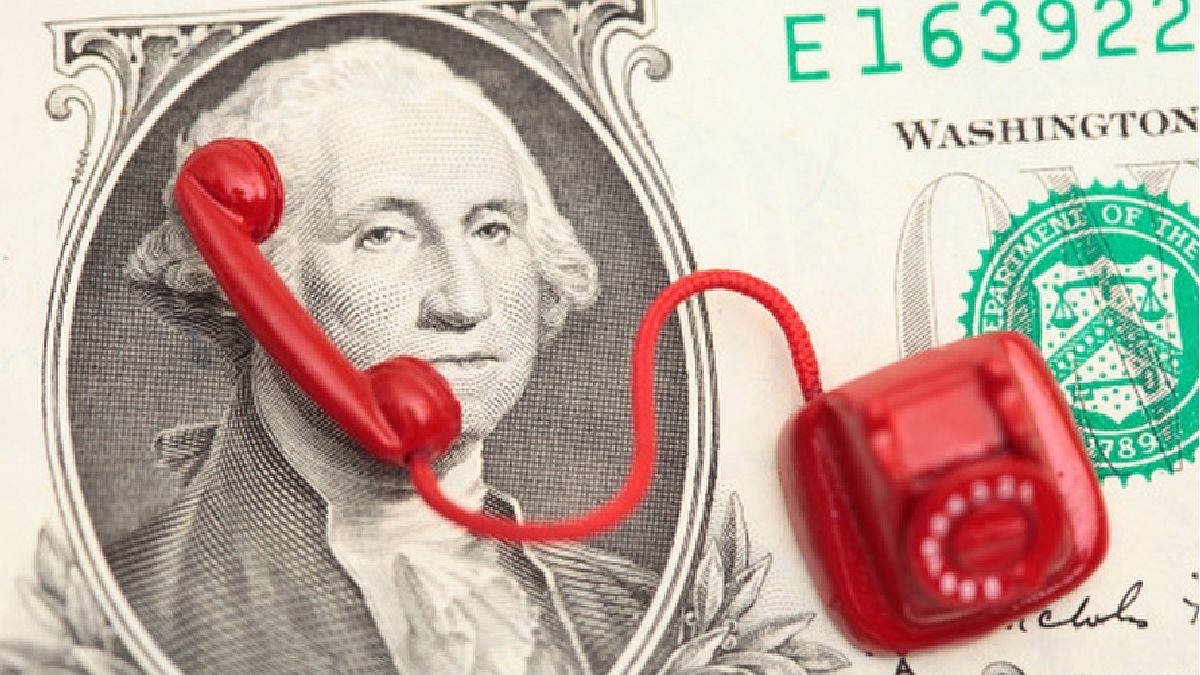-To stop inflation, they should seek fiscal balance, raise the interest rate and generate greater confidence for investment to arrive.
P.: The first and the last cannot be fulfilled.
-At least they will go for the one in the middle, they would raise the rate from 91% to 97% per year, that will generate a lot of illiquidity. Lending rates are going to go up a lot, credit will be cut and the recession will deepen.
Q.: That will calm the dollar
-Bread for today and hunger for tomorrow…
Q.: Why?
-The data from the Central Bank as of May 7 indicate that the reserves are US$ 34,008 million. Very few. Non-remunerated monetary liabilities (monetary base) $5.5 trillion, and remunerated monetary liabilities are $13.9 trillion (bills and passes).
Q.: So?
-The remunerated liabilities that are 13.9 trillion would be remunerated at 97% per year, since interest is never paid, these liabilities would grow at an effective rate of 154.2% per year. This implies that, if these liabilities do not increase in nominal terms, and if the debt is not cancelled, in one year they would amount to $35.3 trillion.
Q.: How much would the dollar go?
-I’m telling you in private, because the number is scary.
Q.: Raising rates does not solve the problem.
-The rise in rates comes to enhance the problem. What the government should do is raise reserve requirements, lower public spending, and reduce taxes. Since this cannot be done, it goes by the patch policy. This brings as a consequence in the future, one step above the inflation rate, and an increase in the interest rate.
Q.: What would happen to the bonds and stocks?
-The rise in rates will cause the surety rate to seek a much higher level, this will affect market prices, especially shares.
Q: If fresh funds arrive from abroad?
-It would be a miracle, but if that happens first we are going to see a rise in bonds.
Q.: How do you see inflation in May?
-I don’t see it exceeding the 8.4% level of the month of April. First of all, we are facing a scenario of a sharp drop in the price of chicken. We do not see a rise in the price of beef, and on the other hand the recession is so great that it is highly probable that companies in order to sell more and cancel overdrafts will make strong discounts on the stock of merchandise.
Q.: Do you see the index below 8.0%?
-Let’s go by part, I do not see the index above 8.4%, nor the fantasy that the index will drop considerably.
Q.: What happens with agricultural raw materials?
-The latest report from the USDA indicates that there is a surplus of soybeans, corn and wheat. There is no room for strong price increases. Brazil has a super production of soybeans and corn, with very low costs. Contrary to this, in the United States the costs are very high, until Brazil lowers the stock of soybeans and corn, prices will be under pressure.
Q: Do I sell soy?
-Soybeans are at $111,000 per ton, if you sell soybeans at US$392.60 in November and future dollars at $473.50, you build a price of $185,896 per ton as of November 30, with that price you can buy inputs in November and get 67.5% more than selling today.
Q.: How do you get this number with corn?
-Corn is at $50,500 per ton, if you sell corn in December at US$207 and the future dollar at $544.50, you build a price of $112,712 per ton on December 30, this is 123.4% higher than today’s price, with that money you can cancel any debt on December 30 or buy inputs on that date.
Q.: They are very good operations…
-The market is giving you a financial framework for you to make strong differences, in wheat there are also nice operations to explore.
Q.: What happens in livestock?
-In Cañuelas, in the first 12 days of the month, 56,602 heads were traded, of which 68.9% are females. We are in a clear womb liquidation process. This high supply means that prices cannot validate new highs.
Q.: What happened with the work in April?
-In the first 4 months of the year 2023, 4.7 million heads were slaughtered, the females were 2.2 million, this implies 47% of the total herd. This is womb liquidation. At this rate we are going to a slaughter of 14.1 million head, with such an offer it is impossible for prices to rise. In the year 2022 the slaughter was 13.5 million animals, and prices rose less than inflation.
Q.: How is the stock relationship versus cow slaughter?
-The stock of cows is 23 million, and we project the slaughter of cows in a linear way, we would have 2.9 million cows for slaughter in the year, if we take the last 12 months we have 2.6 million cows for slaughter, in In both cases, the market is indicating that we are in liquidation, the calves in the future are going to be worth a fortune.
Q.: Are they worth nothing today?
-Nothing is worth when there is no food, there is no grass. When there are rains that make good pasture possible, the process of retention of wombs will be felt and prices will rise.
Q.: When does that happen?
-After August, if it rains. After August, if it rains, we will be assured of a good future corn harvest, with which the price will continue to be low, and necessary pasture so that the calves reach the market more slowly and consolidate a price rise.
Conclusions:
- The rate hike that the government will make will be another failure of an economic measure that is not part of a plan that generates the necessary confidence to boost investment.
- The measures are bread for today and hunger for tomorrow. An increase in remunerated monetary liabilities is to suppress future inflation. This is also applicable to the exchange rate, in the future the exchange rate will be at higher levels than the current ones.
- As long as the government does not risk doubling the exchange rate, with a commercial dollar and a free dollar, we will not know for sure the size of the future rise of the free dollar.
- We are facing an explosive cocktail, due to the non-payments that are produced by a harvest that is lower than expected, debts that cannot be canceled, and players who are unable to refinance them. The courts will be filled with bankrupt companies.
- In the urban sector, sales are falling, and the economic equation of companies is no longer solved by raising prices, we are going to a very important recession.
- We believe that stocks and bonds could fall, depending on a new jump in the surety rate, which could be around 85% to 90% per year.
- We will have a very important window of time to buy dollars at a low price, if you have liquidity to be able to carry out the operation.
- The fixed term would be at a rate of 97% per year, which implies a rate of 8.0833% per month, this indicates that it is not a good deal. These traditional fixed terms must be arbitrated by UVA fixed terms, or purchase of dollars in the market. A period of low prices for the dollar opens, as a result of the high economic recession.
Source: Ambito
David William is a talented author who has made a name for himself in the world of writing. He is a professional author who writes on a wide range of topics, from general interest to opinion news. David is currently working as a writer at 24 hours worlds where he brings his unique perspective and in-depth research to his articles, making them both informative and engaging.




